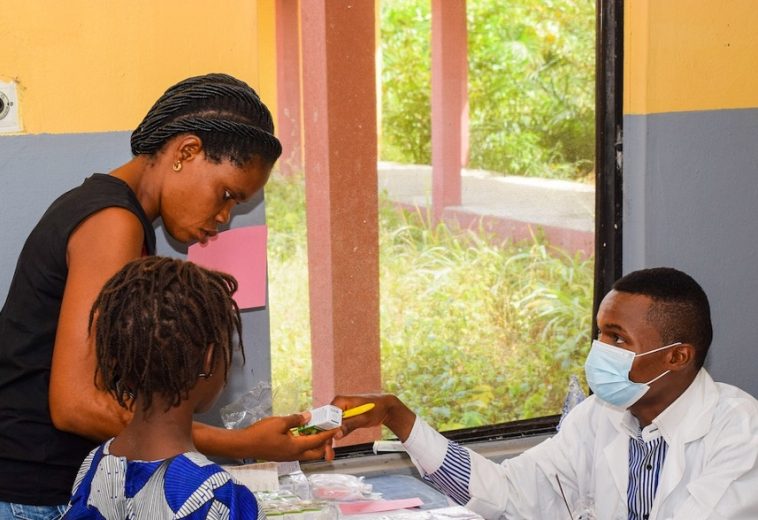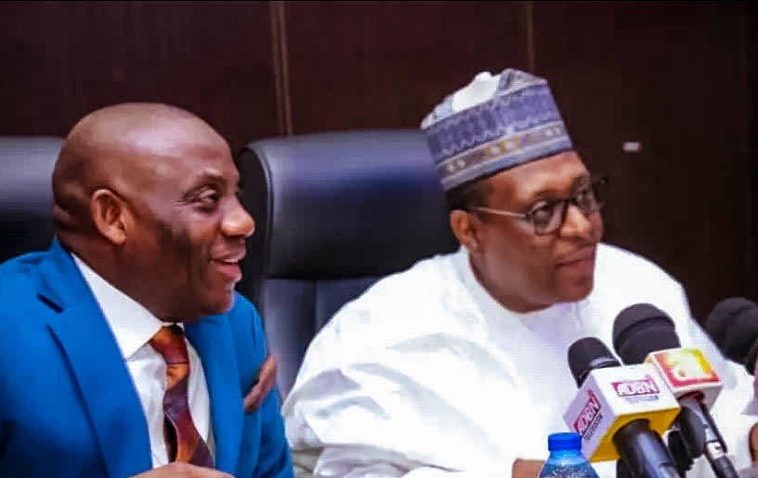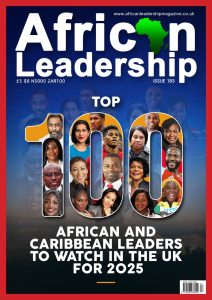The rise of BRICS, a coalition comprising Brazil, Russia, India, China, South Africa, and now Egypt, Ethiopia, Iran, Saudi Arabia, and the United Arab Emirates, marks a significant shift towards a multipolar world. Economic power is becoming more evenly distributed, and the West’s dominance is gradually waning. This change is not only reshaping global alliances but also redefining the dynamics of geopolitics, trade, and finance.
Origins and Growth of BRICS
BRICS began as a modest idea in the early 2000s, conceptualised by Goldman Sachs economist Jim O’Neill. Initially, it was an informal discussion among leaders of emerging economies, but it quickly developed into a collective economic force. The founding members aimed to create an alternative to the Western-dominated global order, striving for more equitable representation in institutions such as the International Monetary Fund (IMF) and the World Bank.
Since its inception, BRICS has significantly expanded its influence, now representing over 35% of global GDP and surpassing the G7 nations in terms of purchasing power parity (PPP). Its continued expansion, with countries like Argentina, Iran, and Saudi Arabia expressing interest in joining, signals a broader movement towards a more inclusive global power structure.
Energy Dynamics within BRICS
Energy plays a crucial role in the BRICS coalition, which includes some of the world’s largest energy producers and consumers. With the recent inclusion of Iran, Saudi Arabia, and the UAE, BRICS+ now accounts for approximately 32% of global natural gas production and 43% of crude oil output. According to the Boston Consulting Group, should countries like Kazakhstan, Kuwait, and Bahrain join, these figures are expected to increase further. BRICS+ nations also account for 38% of global petroleum imports, with China and India being the largest consumers. If all potential members are admitted, this share could rise to 55%.
In times of energy market volatility, BRICS’ position as a significant player could enable the development of an alternative energy trading system. This would allow BRICS+ nations to conduct transactions outside the Western-dominated financial frameworks, potentially granting them greater control over global oil prices and insulating them from sanctions.
The Impact of the Russia-Ukraine Conflict
The Russia-Ukraine war has acted as a catalyst for BRICS’ evolution. Western sanctions against Russia have driven it to strengthen economic and strategic ties within the BRICS bloc, especially with China and India. This realignment has allowed Russia to mitigate the economic effects of isolation, particularly as its energy exports to India and China have surged. This shift highlights BRICS’ growing capacity to act as an alternative framework for trade and diplomacy, challenging Western efforts at economic containment.
Africa’s Role in BRICS
Africa’s role in BRICS is increasingly significant. South Africa, along with new members Ethiopia and Egypt, serves as a gateway for other African nations looking to join this influential group. The inclusion of more African countries is likely to amplify the continent’s role in global affairs, especially in resource-rich regions crucial to energy transitions and supply chains. Africa’s wealth of natural resources, youthful population, and growing markets make it a strategic priority for BRICS, both as a member and as a beneficiary of trade agreements that bypass traditional Western-dominated structures.
Moreover, BRICS’ New Development Bank (NDB) has made substantial investments in African infrastructure, which is vital for the continent’s economic growth. With the potential for more African countries to join, BRICS aims to expand its influence across the continent and present a credible alternative to Western economic dominance.
Western Concerns and the Symbolism of BRICS
Experts from institutions such as the Council on Foreign Relations have noted that BRICS could undermine the dominance of Western financial systems, particularly if it continues to develop alternative mechanisms for trade and finance, such as the NDB or a potential BRICS currency.
BRICS has come to symbolise a rising challenge to Western hegemony. As the West grapples with internal crises ranging from inflation to political instability, BRICS is positioning itself as a proponent of a more balanced global order. This shift has caused concern among Western allies, who view BRICS not just as an economic organisation, but increasingly as a political one, united by scepticism towards Western-led market liberalisation. The prospect of BRICS offering a new financial framework, independent of Western control, is particularly troubling for the US and Europe, especially with China’s Belt and Road Initiative extending its global influence.
Future Prospects
Despite its growing influence, BRICS faces internal challenges. The economic trajectories of its members vary significantly. China and India, the group’s largest economies, often have conflicting geopolitical interests, particularly concerning border disputes. Russia’s pariah status due to the war in Ukraine complicates its relations not only with the West but also with some BRICS members, who may be cautious about aligning too closely with Moscow.
Nevertheless, the inclusion of new members from Africa and the Middle East could reinvigorate BRICS, providing both economic resources and political legitimacy in an increasingly multipolar world. Ultimately, BRICS represents a reconfiguration of global power, one where the West no longer has a monopoly on international economic governance. It stands as both a challenge and an alternative, with its future likely depending on its ability to maintain internal cohesion while expanding its reach and influence in a changing global landscape.




